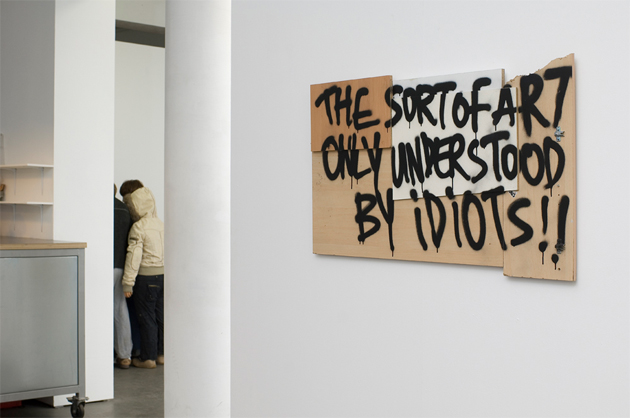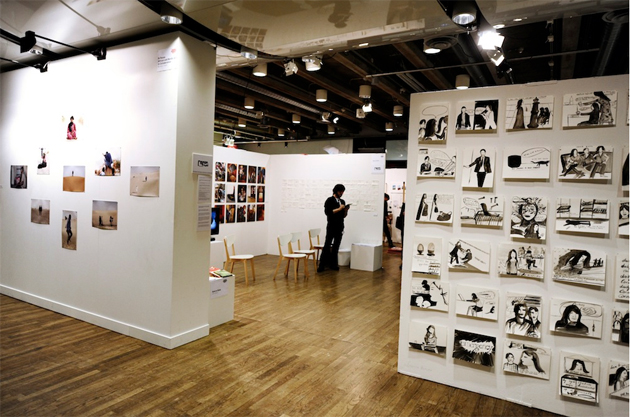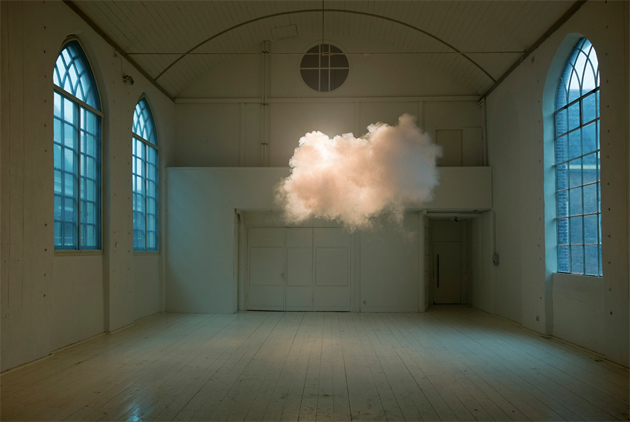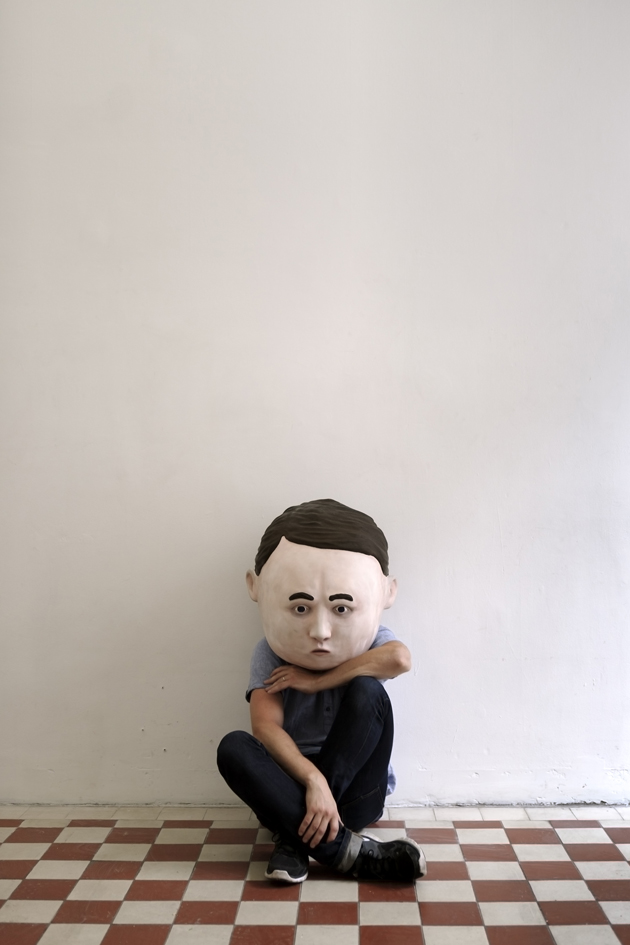Supermarket 2013
While speaking of art and its commercialization has become all the way a tautology, the Stockholm Fair “Supermarket 2013” proposed a new take on the argument. Hosted at the Kulturhuset from the 15th to the 17th of February 2013, this art fair represented the last step in the investigation of the different roles that artists may assume in the art world. Defined by Howard Becker as a complex system of production, commission, preservation, promotion, criticism, and the sale of art, the concept of the “art world” was at the centre of this event, as the artists did not simply present their works but were their active promoters. Not only as creators, curators or producers, but as gallerists.


As the artist and product manager of “Supermarket 2013” Pontus Raud explained, artists took their independence back, retaking the control of art and its system, which has up until now put them on the side. Started under the name of “Minimarket” in 2006, this art fair has gained attention, becoming the most important Swedish art fair and, consequentially, changing its name into “Supermarket”. The mission of this project was to let artists meet each other, present themselves to the market and have discussions together. Despite the enormous amount of art works, the attention here wasn’t supposed to be limited to unique creations but to the whole gallery, which became the very focus on the event.

Here, the discourse of art moved from the object to the practice of the gallery, like in the case of The M{}esum. “There are many museums in the world but only one muesum”. Hypothetically based in Jonasstrasse 57 Berlin, The M{}esum is presented as the world’s greatest museum of lost human history and culture, collecting, conserving and exhibiting n∅bjects from the ancient times to today. In The M{}esum, you will (or won’t) find all the lost objects of the world.
Indeed, “Supermarket 2013” always tries to bring it all back home. Even when there is nothing to bring back.


